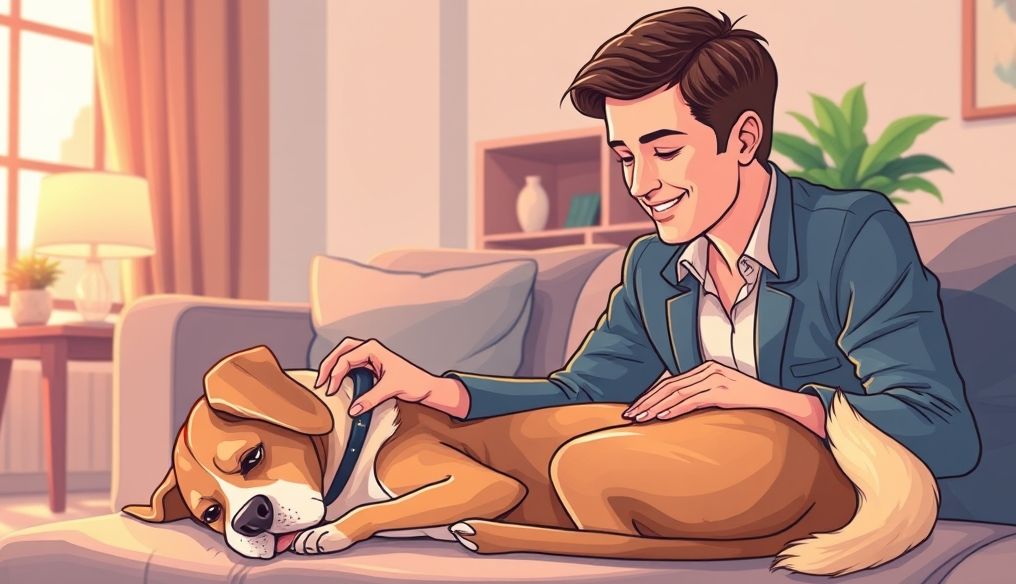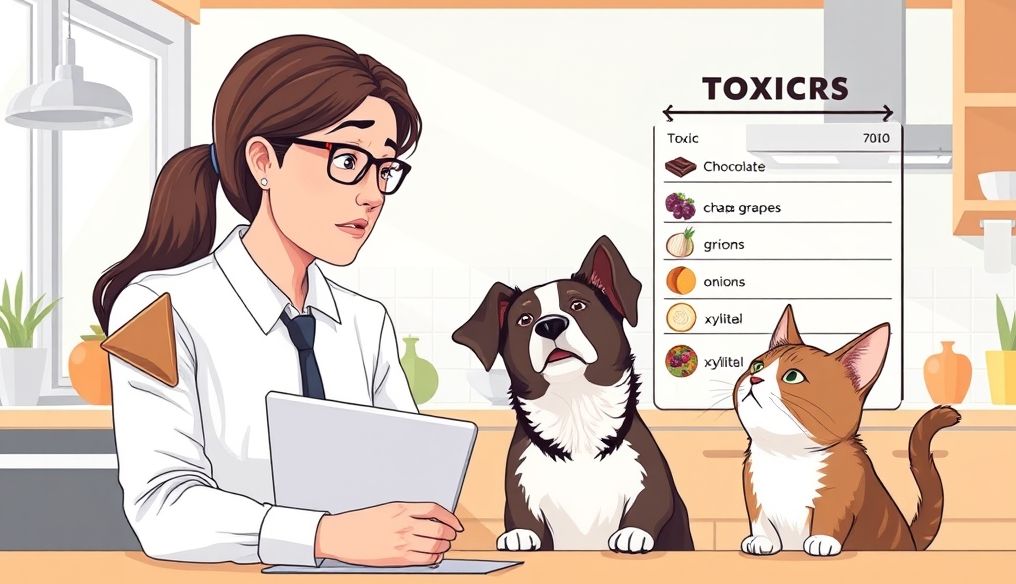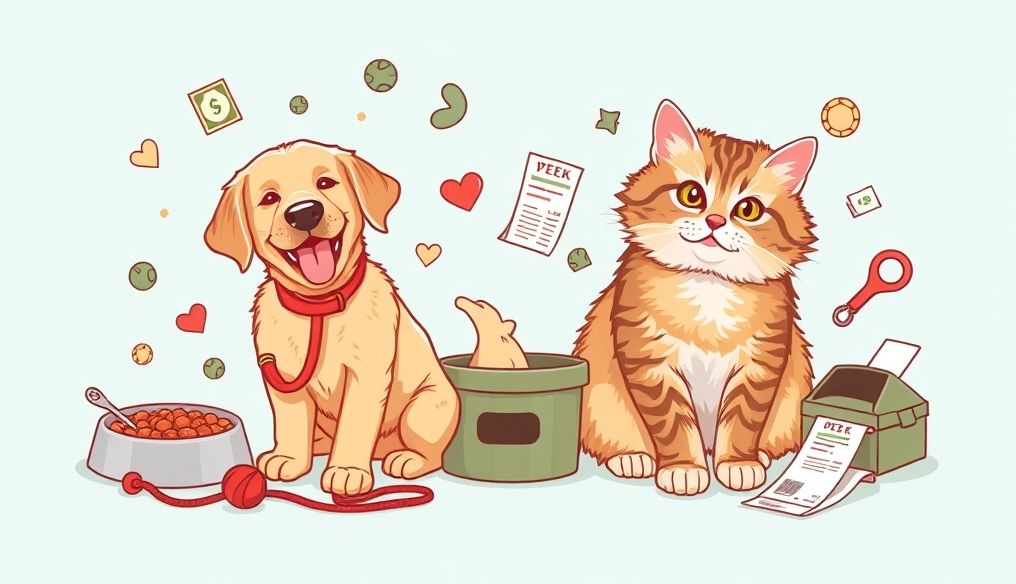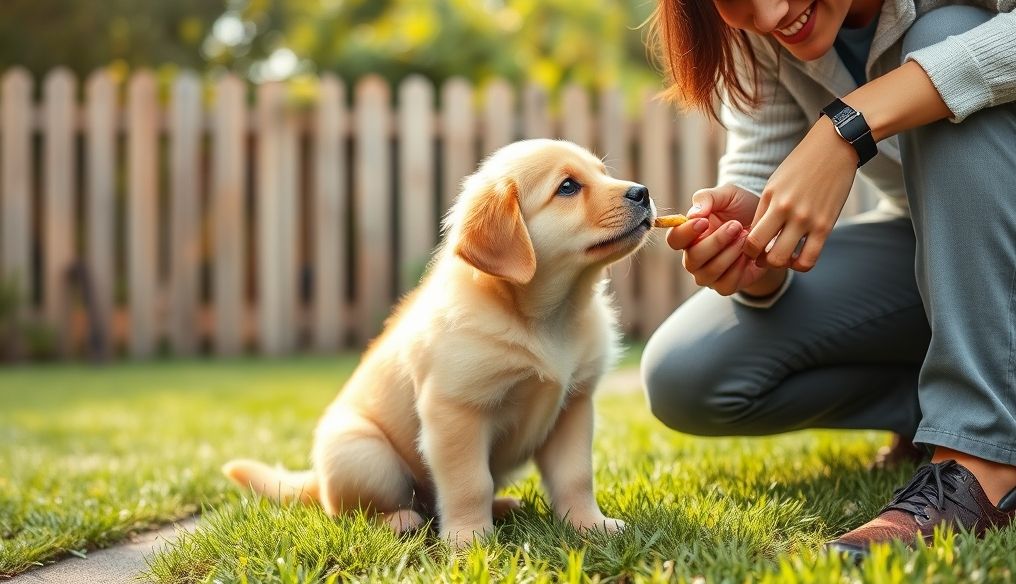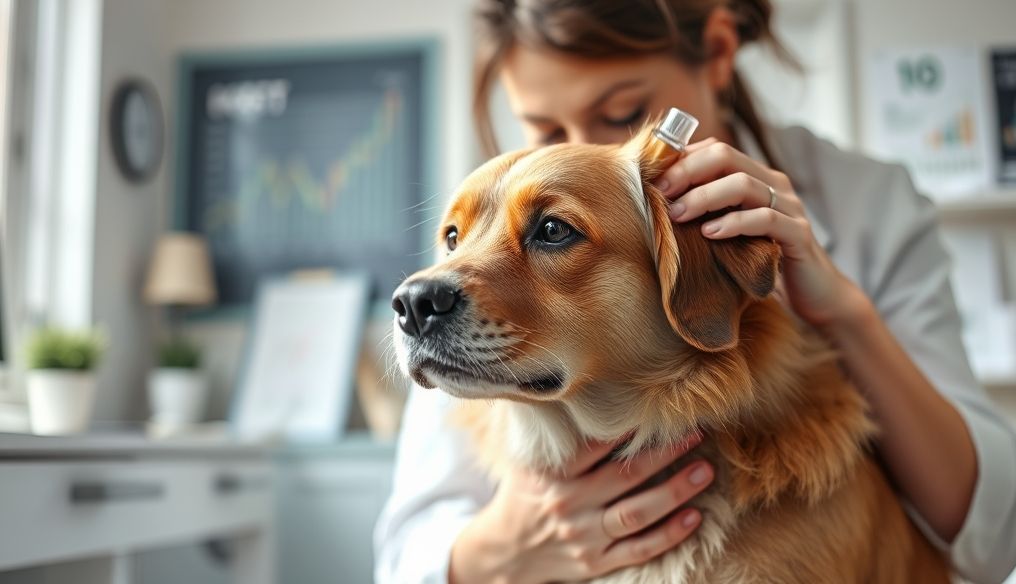Introduction: A Window into Your Pet's World
Pets, whether cats, dogs, or others, communicate with us constantly, but not necessarily with words we understand. They use a variety of non-verbal cues, or what is known as body language, to express their feelings, needs, and intentions. Understanding this language is key to building a strong and lasting relationship with your pet, and providing a safe and comfortable environment for them.
Chapter 1: The Importance of Understanding Pet Body Language
Understanding your pet's body language isn't just fun; it's essential for several reasons:
- Improved Communication: It allows you to understand what your pet is trying to say, reducing misunderstandings and frustration.
- Strengthened Bond: When you understand your pet's needs, you can meet them better, fostering trust and affection between you.
- Early Detection of Health Problems: Changes in body language can be an early sign of a health issue, allowing you to seek veterinary help in a timely manner.
- Prevention of Behavioral Problems: Understanding the reasons behind your pet's behavior can help you address behavioral problems before they escalate.
Chapter 2: Dog Body Language: A Comprehensive Guide
Dogs are complex social creatures, and their body language is rich with signals. Here are some key signals to watch out for:
Tail:
- High and Wagging Tail: Often indicates happiness and excitement.
- Low or Tucked Tail: Indicates fear or anxiety.
- Straight and Stiff Tail: May indicate focus or readiness for confrontation.
Ears:
- Erect Ears: Indicate alertness and attention.
- Ears Drooped Backwards: Indicate submission or fear.
Eyes:
- Direct Eye Contact: Can be a sign of challenge or aggression, especially if accompanied by a stiff body.
- Avoiding Eye Contact: Indicates submission or discomfort.
- Excessive Blinking: May indicate stress or anxiety.
Mouth:
- Light Panting: Normal in hot weather or after exercise, but excessive panting may indicate stress or pain.
- Smiling (Showing Front Teeth): May be a sign of submission or playfulness, not necessarily aggression.
- Growling: A clear sign of displeasure or threat.
Body Posture:
- Standing Erect with Head Raised: Indicates confidence and control.
- Standing Low with Bent Legs: Indicates submission or fear.
- Lying on Back with Belly Exposed: Indicates trust and relaxation, but also submission.
Chapter 3: Cat Body Language: Decoding the Mystery
Cats are independent and mysterious creatures, but their body language is no less clear than that of dogs. Here are some key signals to watch out for:
Tail:
- High and Wagging Tail: Often indicates happiness and greeting.
- Puffed-Up Tail: Indicates fear or anger.
- Tail Wrapped Around Body or Legs: Indicates comfort and security.
- Tail Down with Slight Twitches: May indicate focus or readiness to hunt.
Ears:
- Erect and Forward-Facing Ears: Indicate alertness and interest.
- Ears Drooped to the Sides or Back: Indicate fear or anger.
- Ears Flattened Against the Head: A sign of extreme anger or readiness to attack.
Eyes:
- Wide Eyes: Indicate fear or excitement.
- Narrowed Eyes: May indicate relaxation or aggression, depending on the context.
- Slow Blink: Often considered a "cat kiss" and expresses trust and affection.
Sound:
- Meowing: Can mean many things, including greeting, requesting, or expressing discomfort.
- Purring: Often indicates happiness and relaxation, but it may also indicate pain or anxiety.
- Hissing: A clear sign of anger or threat.
Body Posture:
- Rubbing Head or Body Against Objects or People: Leaves scent marks and expresses belonging.
- Kneading (Pushing Paws on a Soft Surface): An instinctive behavior dating back to nursing and expresses comfort and happiness.
- Lying on Back with Belly Exposed: Indicates trust and relaxation, but be careful about trying to touch the belly, as it may be considered a threat.
Chapter 4: Body Language of Other Pets: An Overview
While dogs and cats are the most common pets, there are many other animals that can make wonderful companions. Here's an overview of the body language of some other pets:
Rabbits:
- Thumping Hind Legs on the Ground: Indicates fear or warning of danger.
- Lying on Side with Legs Stretched Out: Indicates relaxation.
- Licking Hand: Expresses affection.
Hamsters:
- Stuffing Cheeks: Storing food.
- Standing on Hind Legs: Exploring surroundings.
- Biting: Indicates fear or discomfort.
Birds:
- Fluffing Feathers: Indicates warmth or illness.
- Preening Feathers: Maintaining cleanliness.
- Pecking: Exploring surroundings or requesting food.
Chapter 5: Factors Affecting Body Language
It's important to realize that body language is not fixed and can be affected by several factors, including:
- Breed: Some breeds have distinct behavioral traits.
- Individual Personality: Each animal has its own unique personality.
- Environment: The surrounding environment can affect an animal's behavior.
- Past Experiences: Past experiences can affect how an animal responds to different situations.
Chapter 6: Common Mistakes in Understanding Body Language
There are some common mistakes people make when trying to understand their pets' body language:
- Assuming All Animals Behave the Same Way: Remember that each animal has its unique personality.
- Focusing on Only One Signal: It's important to look at the whole picture and interpret signals in context.
- Ignoring the Context: The context can greatly affect the meaning of a signal.
- Anthropomorphizing Animals: Avoid assuming that animals think and feel the same way we do.
Chapter 7: Tips for Improving Your Understanding of Body Language
Here are some tips to improve your understanding of your pet's body language:
- Careful Observation: Spend time observing your pet in different situations.
- Research and Learning: Read books and articles, and watch educational videos about pet body language.
- Consulting Experts: Talk to veterinarians and behavioral trainers for advice and guidance.
- Be Patient: It takes time and effort to learn your pet's body language.
Chapter 8: Building a Stronger Relationship Through Understanding Body Language
Understanding your pet's body language is key to building a stronger and more enjoyable relationship. When you understand what your pet is trying to say, you can meet their needs better, avoid misunderstandings, and foster trust and affection between you. Remember, it's about listening, observing, and continuous learning.
Conclusion: Invest in Understanding Your Pet
Understanding your pet's body language is an investment in your relationship. By dedicating time and effort to learning this language, you can improve communication, strengthen the bond, and provide a safe and comfortable environment for your pet. Remember, it's about listening, observing, and continuous learning.
